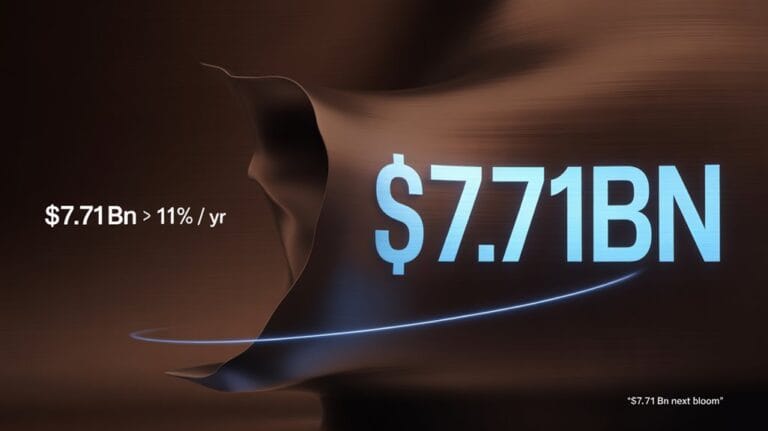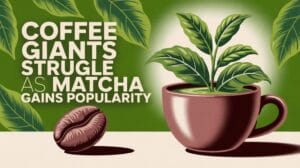When consumers pour their morning cup of joe, many now get more than caffeine. The new drinks mix coffee with vitamins, herbs, and mushrooms. These blends sell so well that the market hit about $4.48 billion in 2025. Experts think it could climb to $7.71 billion by 2030. That’s growth of around 11 percent each year.
The rush mirrors strong health trends. Shoppers want drinks that enhance energy without big jitters. Caffeine alternatives like L-theanine are added to smooth out any buzz. Lion’s mane mushroom, gingko biloba, and adaptogens such as ashwagandha also join the brew. Each cup can now target focus, mood, digestion, or immunity. Many of these drinks are being made with Arabica coffee varieties that are known for their high quality and distinct flavor profiles, highlighting the importance of selecting local roasters that prioritize fresh, unique beans.
Your new cup of coffee is now a brain-boosting, gut-friendly, zen-in-a-mug elixir—no crash, just calm power.
Market projections put annual volume growth at 15 percent through 2033, confirming analysts’ bullish outlook.
Whole bean coffee still leads with 58 percent of sales. People grind fresh beans and feel in control. Yet ready-to-drink cans and bottles grab almost 69 percent of 2024 sales. Pods, sachets, and single-serve packs keep busy folks happy. Supermarkets dominate shelf space, snapping up 52% of all functional coffee distribution deals.
North America leads the market at roughly $1.8 billion. Big roasters team up with vitamin makers to make new recipes. Asia-Pacific is the quickest grower. India, China, and Vietnam join urban coffee culture online, and sales shoot up by double digits.
In Western Europe, drinks use plant-based adaptogens. The Middle East tests CBD blends. Africa adds fair-trade labels to local beans. Latin America, near the farms, roasts and ships with green-friendly seals.
Younger buyers study labels for clean, natural parts. They skip hard-to-pronounce chemicals. Instead, they pick mixes trusted for energy, calm, and gut health.
Coffee shops, gyms, and apps teach each new mix. Photos in social feeds push friends to try the next can. As waistlines shrink and minds stay sharp, these tweaked lattes replace plain drip for many.




